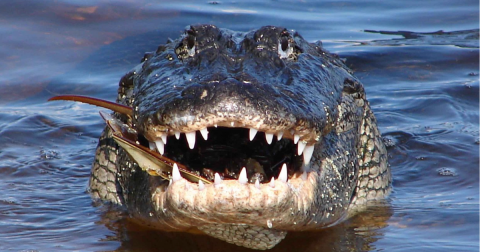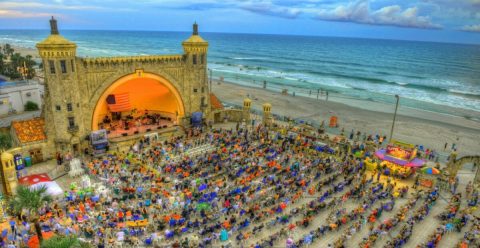A Gigantic Seaweed Blob Bigger Than The Entire U.S. Is Headed Straight For Florida
We already know what you’re thinking – this headline is practically ripped straight from a Stephen King novel, right? Unfortunately, it’s more than just attention-grabbing, it’s also absolutely true! Beaches in Florida are no strangers to having seaweed wash ashore, but there is a giant blob of sargassum seaweed heading to Florida that is practically a science fiction movie all its own. This is one of those Florida wonders that may not draw people to Florida on its own, but it’s certainly interesting.
Take a look at all you need to know about this seaweed blob heading to Florida. Sargassum seaweed in Florida is a big problem and you’re going to want to know where exactly it’s headed. We all love swimming in the ocean, but no one wants to get caught up in a blob of smelly seaweed! (Scroll to the bottom for current updates.)
What Is Sargassum And Why Is It Heading To Florida?
Sargassum seaweed is a type of rootless algae that bunches up on islands and floats up around the ocean. Patches of sargassum seaweed have been spotted in the Atlantic Ocean for centuries, but since 2011, a 5,000-mile-long belt of the seaweed has circulated annually between the Gulf of Mexico and the mid-Atlantic. The density of that belt’s clusters keeps increasing, possibly because modern agriculture techniques are sending more and more nutrients downstream and into the ocean. Here’s more information on this massive blob of seaweed:
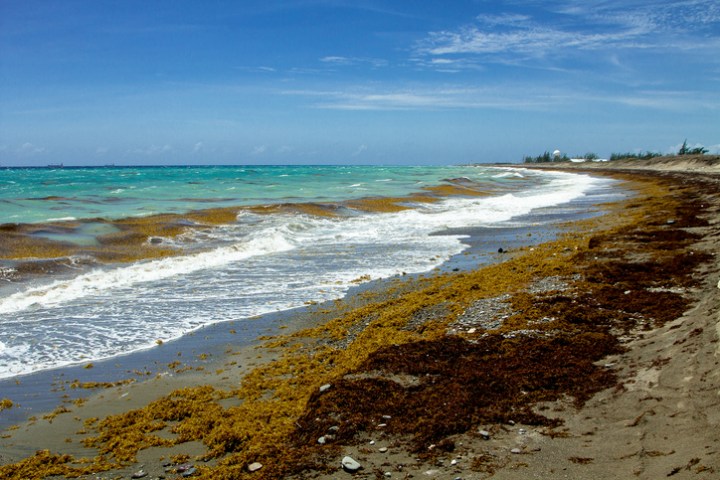
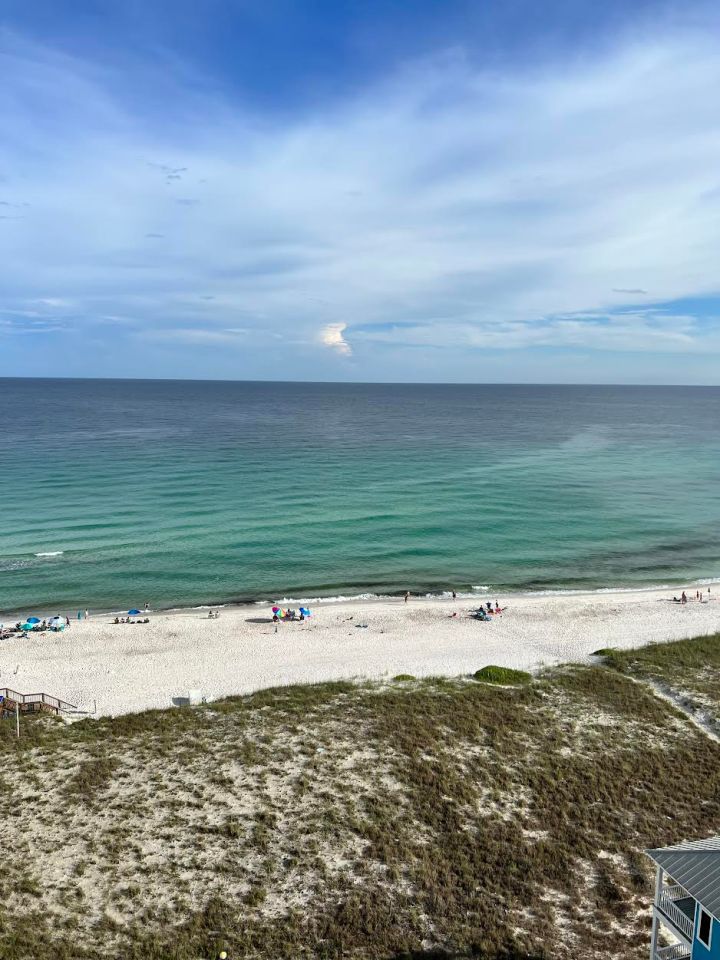
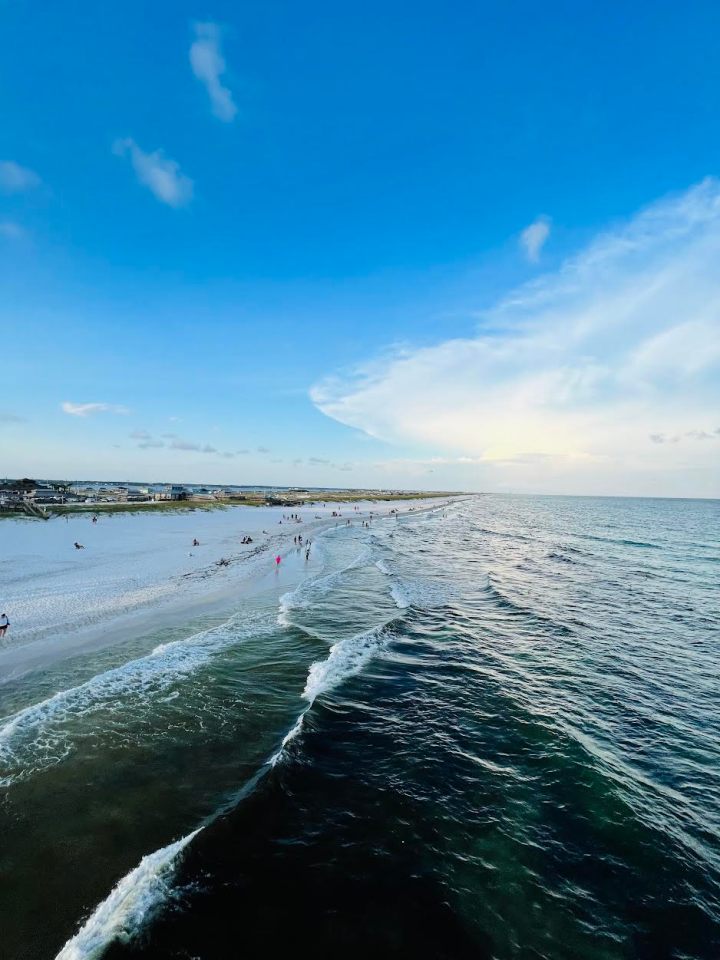
What are the dangers of this giant seaweed blob?
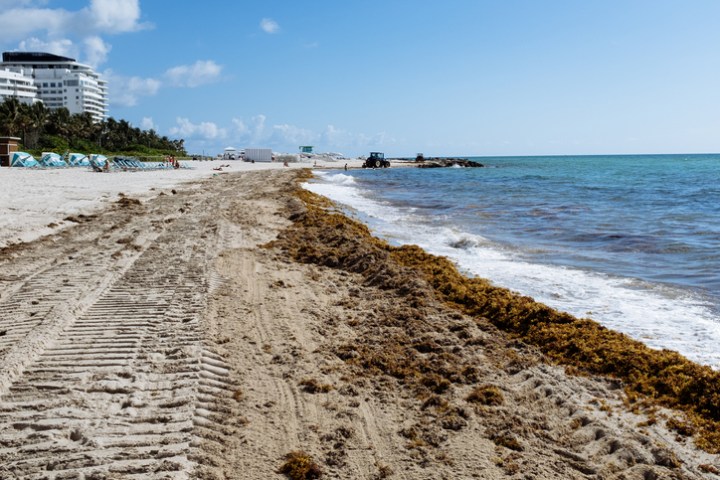
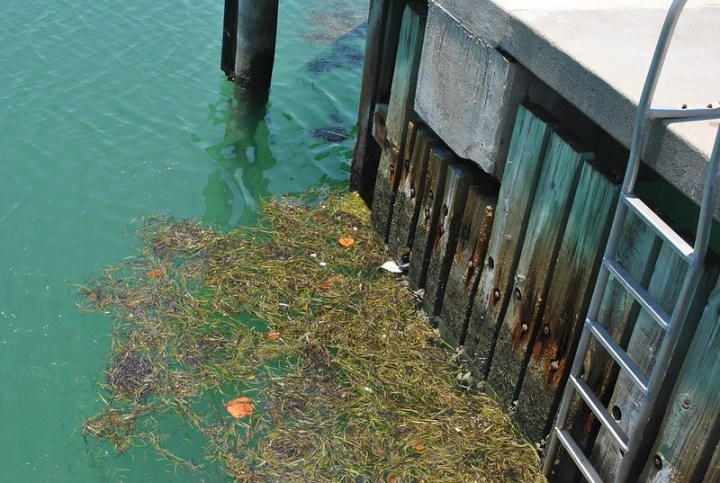
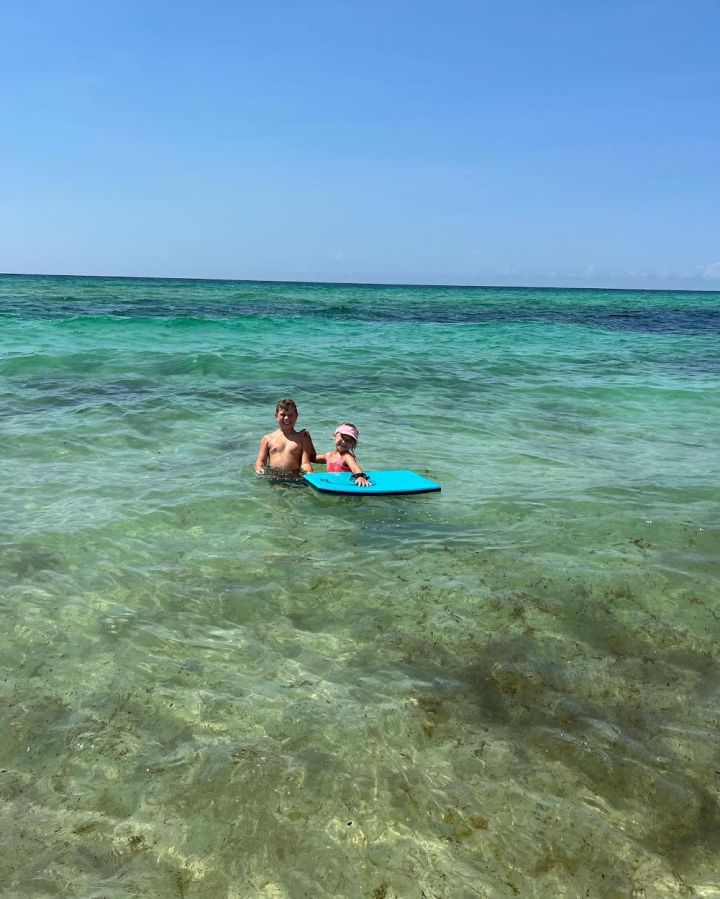
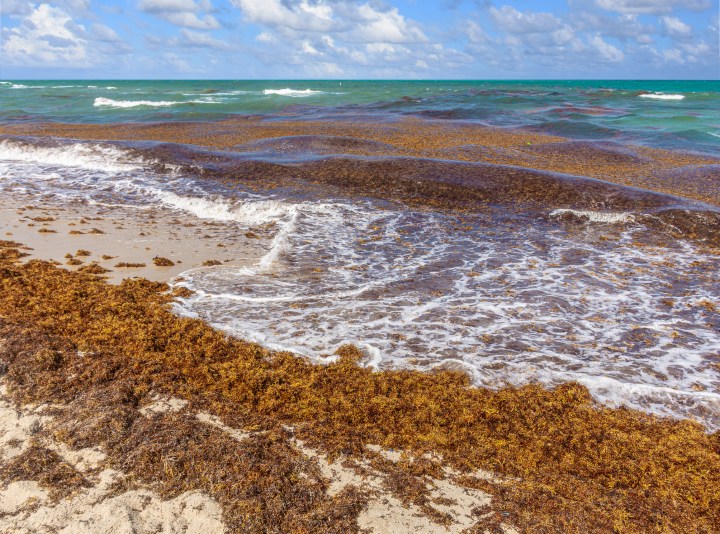
Where exactly in Florida is the seaweed blob headed?
Curious about where to expect the giant seaweed blob? Read on:
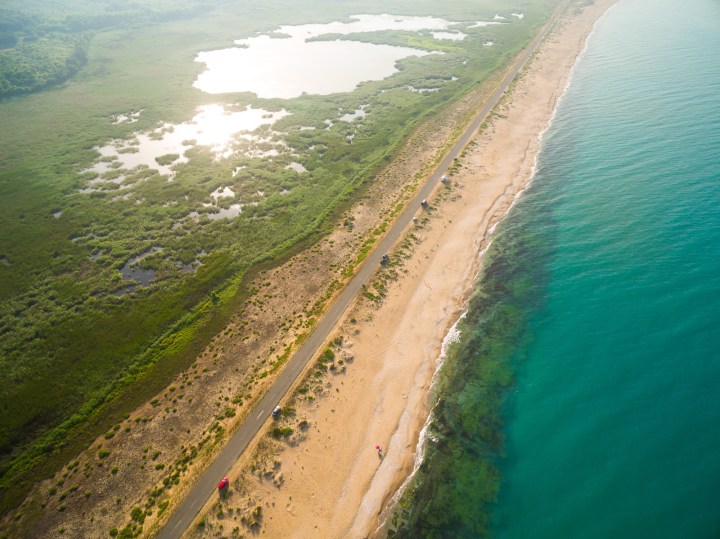
Are there any pictures or videos of the seaweed blob?
Absolutely. The 5,000 blob of smelly seaweed has certainly made waves and headlines…
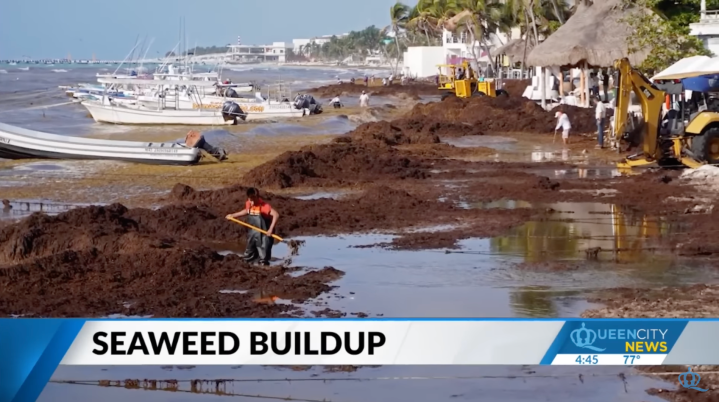
What’s the latest status of the seaweed blob?
Curious about updates on the latest status of the seaweed blob? Brevard County is already seeing increased seaweed along the shore, with the worst to come in June and July.
Up to 13 million tons of seaweed could soil our coast this summer. Sargassum seaweed season runs from March to October.
Why is there more sargassum seaweed this year than in past years? Fertilizers and wastewater have increased the levels of nitrogen and phosphorus in the ocean. These nutrients are feeding the seaweed at a startling rate.
The Florida Keys are already being affected, with recent deposits along Cocoplum Beach in Marathon.
Also, if you need a reason as to why you should visit Miami Beach this summer, take a look at this giant mosaic pool where you can dine waterside.
Looking for a great vacation rental in Florida? VRBO.com has options for every family, group size, budget, and desire.
OnlyInYourState may earn compensation through affiliate links in this article. As an Amazon Associate, we earn from qualifying purchases.
More to Explore
Sargassum Seaweed
Sargassum seaweed is clearly a real problem! Is it affecting the beaches in any other state?
Yes, actually - Texas is dealing with sargassum seaweed as well! This blob of seaweed will wash up on Texas shores this summer, too.
Invasive species are a real threat to ecosystems. What other invasive species are a problem in the United States today?
There are so many! Today, beaches in Florida aren't the only places that are affected by invasive species. Here are some other invasive species of which we all should be aware:
- Iowa - Iowa is trying to manage two invasive plants in its waterways: Eurasian watermilfoil and brittle naiad
- Minnesota - 7% of Minnesota's 11,000 lakes are infested with invasive species
- Mississippi - The hammerhead worm is devastating the native insect population in Mississippi and in other southern states
- Georgia - The flathead catfish is taking over waterways and is over-eating native species.
- Virginia - The joro spider is eating lots and lots of helpful insects in Virginia and in other states throughout the nation
- North Carolina - Apple snails are harmful to ecosystems, insects, animals, and humans!
- Indiana - A variety of invasive plants are harming local ecosystems by growing too quickly and stealing light and nutrients from other native plants.
- Florida - Red-headed lizards came from Africa and are reproducing quickly in the wilds of Florida!
- Tennessee - Poison hemlock is harmful to humans and animals and it looks a lot like harmless Queen Anne's Lace.


